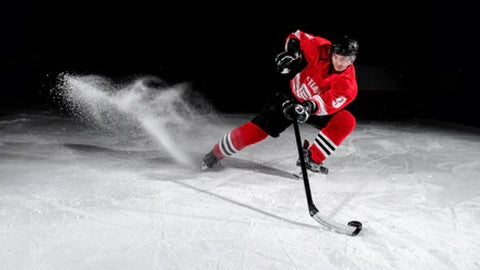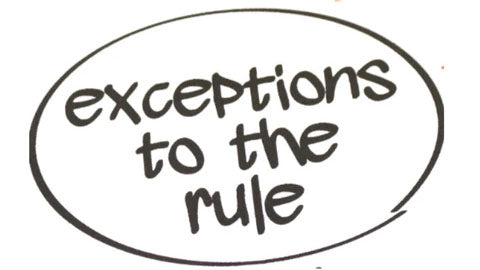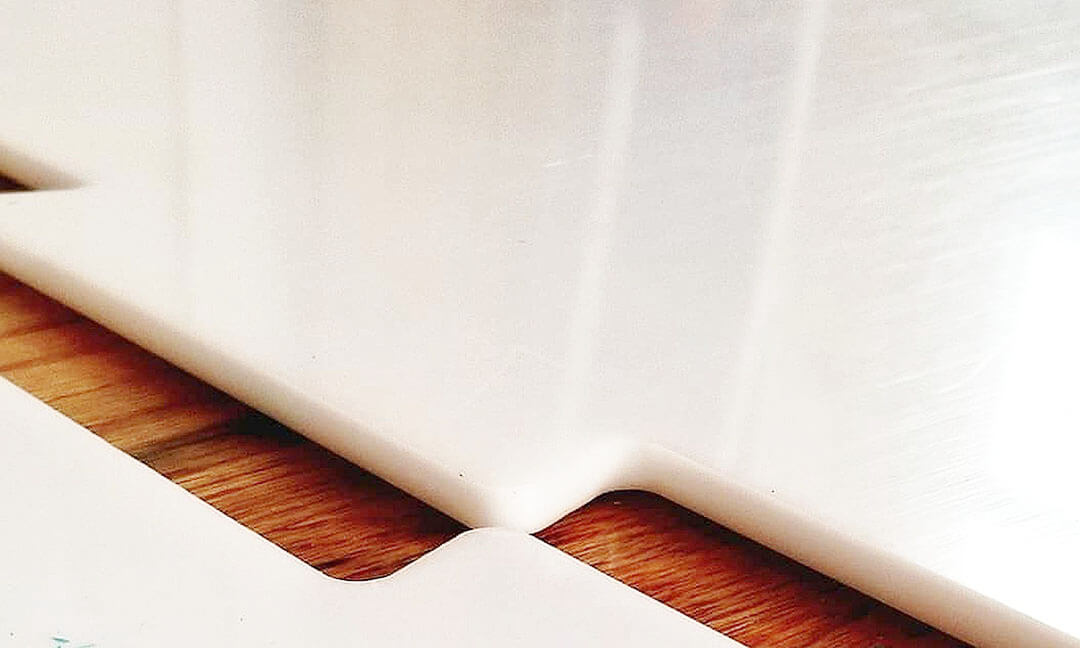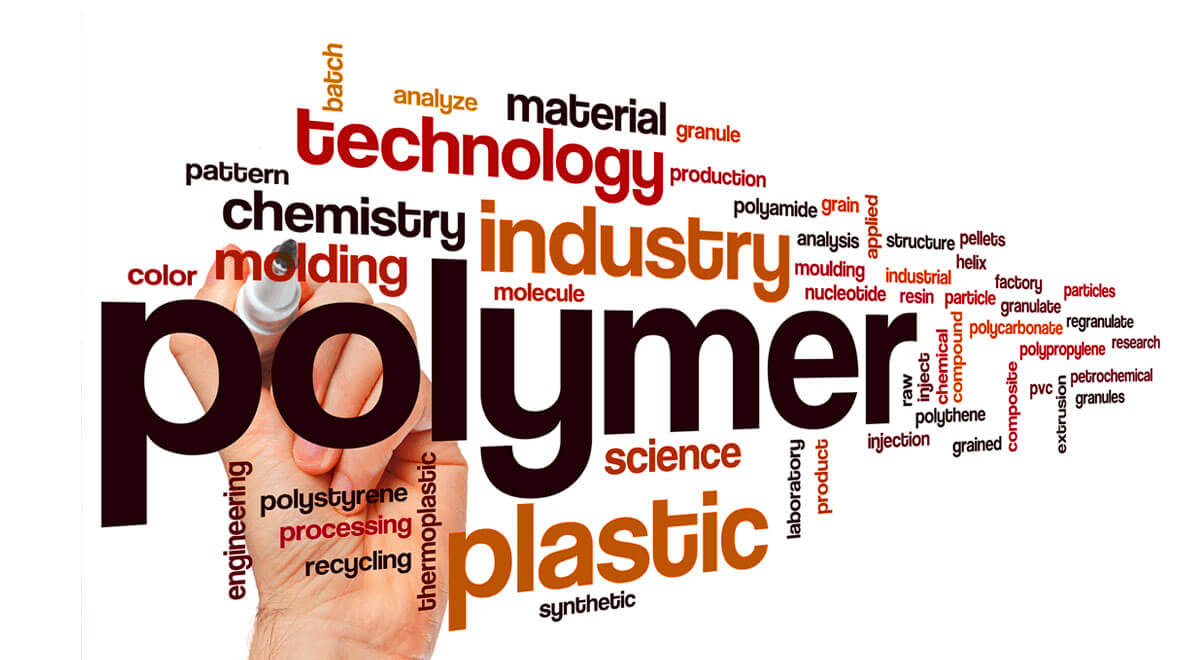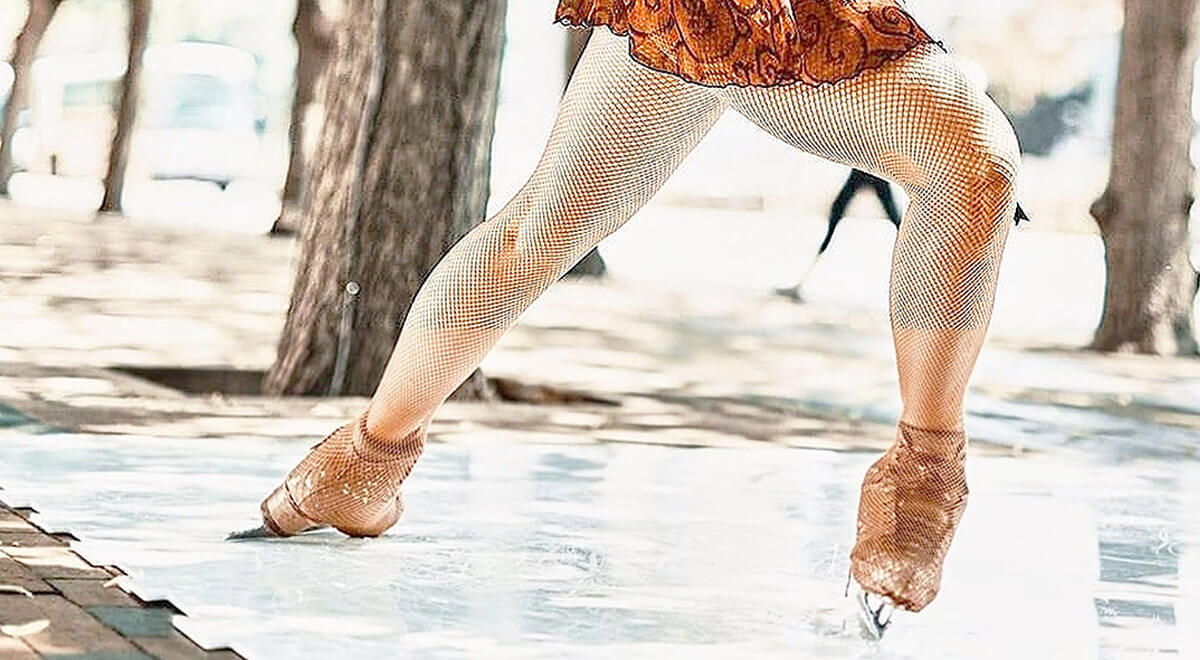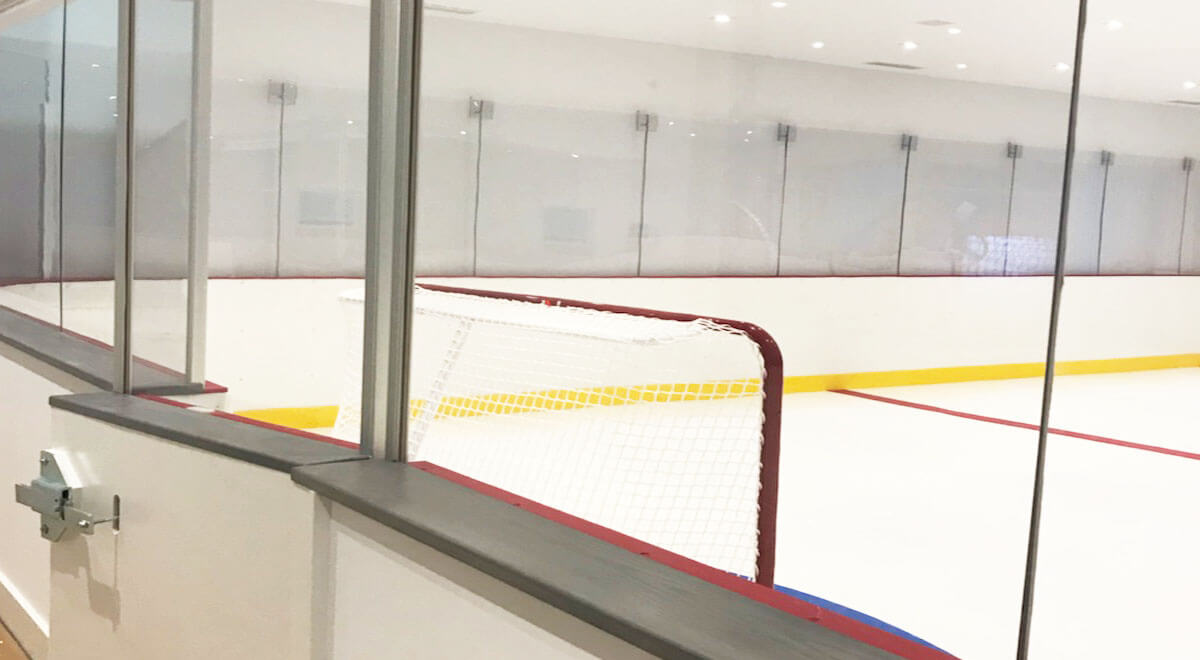Store Your Skates: 10 Best Ice Skating Bags Under $200
Nothing makes ice skating more enjoyable than a great pair of ice skates.
And with any athlete, the more you take care of the tools of the trade, the longer they last and perform.
While trivial for some, storing your ice skates in an ice-skating bag, especially when traveling to practice at the rink, competition, or abroad, can be a game changer.
UNPACK YOUR BAG AND SKATE AT HOME WITH POLYGLIDE SYNTHETIC ICE
The right bag is functional, durable, stylish, keeps you organized, and, best of all, keeps your skates protected.
Like our best figure skates under $200 guide, accessories should also be affordable.
Our Top Picks
Best Value Ice Skating Bag
Ealer Ice Skate Backpack
Best Overall Ice Skating Bag
GOBORUS Roller Skate/Ice Skate Backpack
Store your skates in one of the 10 best ice-skating bags under $200 for 2024.
1. Ealer Ice Skate Backpack
If you're looking for a bag with a more traditional backpack style, consider the Ealer SBH200 Series.
The bag has two compartments to hold each side of your skates, divided by a third compartment to carry all your other ice skating items.
At the back are a pair of straps to carry it on your back and a canvas handle whenever you tire of lugging it around.
Made of durable, waterproof material, it's a great option to subtly carry your prized boots.

2. GOBUROS Roller Skate/Ice Skate Backpack
During our research for this list, we were pleasantly surprised to come across this bag.
The GOBUROS backpack can hold skates up to Men's size 13, thanks to its large, cube-shaped appearance.
It's a backpack, so you get the standard padded straps to carry it on your back.
But what makes it great is the skate compartment; a large, adjustable pocket at the back of the bag.
You get immediate access to your skates without disrupting the other items in your bag.
At the top are a pair of zippers that open another compartment for holding a helmet and other accessories.
With additional pockets at the front and sides, this is a versatile bag that any skater will appreciate.
While not as flashy as some of the other bags on this list, it's a comfortable bag that's the perfect size made with durable nylon. Expect this to be your go-to bag for years to come.
3. Hytiland Roller Skate/Ice Skate Bag
Yes, you'll stand out with this bright, colorful bag. But you'll enjoy all its features too.
The L-shaped bag holds ice skates, roller skates, hockey skates, and everything in between.
The bag is large enough to hold a size 13 men's skate, so you have lots of room.
Hytiland bags also have four additional compartments, so you can hold everything you need for skating without carrying additional bags.
The bag has an adjustable strap and a handle to hold it however you wish.
At less than $50, this is a great investment to support your skates that will last for years.
5. Jackson Ultima Oversized Ice Skate Bag
Looking for an affordable, functional bag to store your skates?
Grab this colorful canvas bag designed to store skates of all sizes and shapes.
Jackson Ultima is known for its high-quality skates, and they have bags to keep them safe.
This triangular-shaped bag has a sturdy zippered pocket wide enough to hold your skates, soakers, guards, and anything else.
It's compact enough to fit in a larger bag or equipped with a strap to carry on its own.
This bag gets the job done without breaking the bank.
5. Athalon Skate Boot Bag
The Athalon Skate Boot Bag is great for ski boots, ice skates, and even roller skates.
Store your skates in the large middle pocket or any of the mesh side compartments.
The middle compartment is big enough to hold a helmet, clothes, or other ice skating items.
This bag is popular due to its lightweight materials and bright, reflective colors.
Athalon is also a backpack-style option, with large, comfortable handles and padding to support your back and shoulders as you carry your skates to the rink.
6. Edea Cube Skate Bag
Edea is the gold standard of ice skates.
Some of the best skaters in the world use Edea as their brand of choice.
So it makes sense that Edea will have a bag to hold their (sometimes pricey) skates.
Reminiscent of a lunch bag, the cube design provides enough space for skates, clothing, and accessories.
The strong polyester materials is responsible for its shape and durability. There are multiple pockets on the inside and outside of the bag, so there is no need to carry another bag to training.
Edea is all about details, so you'll love the embossed logos, study straps,, handles, and well-designed zippers.
Once you use it, the cube can easily turn into your go-to bag for ice skating.
7. Edea Rolling Backpack Trolley Bag
If you need to hop a flight or travel long distances to compete, you'll need a bag that does it all.
Edea understood the assignment and created a rolling backpack for skaters.
Strap this large backpack on your shoulders as a carry-on for your flight.
Store the skates in the large compartment and your skating clothes and accessories in the other two pockets. Side pockets and zippers complete this backpack as a fully functional accessory.
When you're fed up with carrying your bag, open the back compartment and pull out the handle for the trolley option.
The smooth dual wheels at the bottom of the bag allow you to pull your skates with ease.
Before using the trolley feature, you can detach the backpack straps and store them away for future use.
As a versatile backpack, you get the quality standards of Edea to hold your precious skates and accessories.

8. Zuca Rolling Sport Bag – Navy Blue
It's time to pull out the big guns.
The biggest and most expensive option on our list when it comes to ice sports storage, this bag delivers.
It starts with a lightweight yet super-strong aluminum alloy frame with wheels to use as an additional piece of luggage. Unfortunately, it does not meet FAA requirements for carry-on luggage.
The telescoping handle gives you the versatility to transport vertically or horizontally.
Zuca's capacity is up to 300 lbs, so you can hold multiple skates and everything you need for a successful skating trip.
The main compartment opens outward like a standard suitcase, with inner zips and compartments to organize your items.
The large inner compartment is also removable and hand washable, made from durable 600D polyester.
Weighing in at just 9.4 lbs (frame and bag), it's lightweight without compromising on strength.
Available in multiple colors, you can get one of the best ice skating bags under $200 on the market in your own style.

9. Warrior Pro Wheeled Hockey Backpack
Is this bag for hockey? Yes.
Can you use it to store all your figure skating or ice skating needs? Also, yes.
The Warrior Pro Wheeled Hockey Backpack is the best ice skating bag you need for carrying ice skates, clothing, accessories, and much more.
The bag comes with pockets to hold each side of your skates and large compartments for everything else you'll need for skating.
Durability and versatility are key with this option.
Like the Edea backpack, transform the Warrior Pro into a wheeled bag when the load gets too heavy to carry.
10. Rink Rabbit Skate Pack
Rink Rabbit is a trusted roller skating and inline skating brand.
They carry some great storage items, like their skate pack.
This bag gives laptop bag vibes with what seems like countless compartments and pockets.
And as luck would have it, the bag has a laptop compartment so you can carry your computer for work during the day and then go skating in the evening.
Each pocket has its own zipper to stay organized during training or road trips.
But it's made for skaters to easily transport their skates and anything else they'll need to perform at their best.
The double-padded, reinforced bag ensures your skates stay dry. With breathable mesh fabric inside and outside the bag, it can also stay ventilated.
This thoughtfully designed bag is a best seller and a go-to for ice skating enthusiasts.
Conclusion
Can you carry your skates in any backpack? ...Of course!
But why would you want to?
A bag that's designed with your skates in mind ensures your skates stay dry, protected, and easy to access.
These are 10 of the best ice skating bags under $200.
Be stylish and functional as you head to the ice for practice or your next skating competition.

















